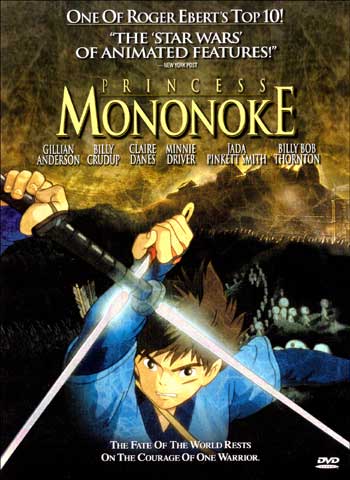Introduction
The history and culture of a society greatly influence how a work of art is created. From the methods of creation to elements utilized, works of art reflect the history and culture of the society they originates from. In a sense, they are tangible records of its history and culture. In addition, the progression of a society’s culture through time can be deciphered though the works of art. Needless to say, art provides an aesthetically-pleasing insight into history.
The implementation of art has varied or improved as time progressed. Today, technology gives artists a myriad of methods to express themselves (Lu 3). To this day, television and film prove to be one of the most effective and popular forms of expressing art. They incorporate both visual and audio mediums in order to express ideas to the audience in an easy and effective manner.
In addition, television and film continue the tradition of recording the history of the society they originated from. Anime, a popular genre of television and film animation, tells a great, complex story of one society alone.
Despite art being any form of expression through a medium, there is debate on what constitutes as high quality art. While most forms of artistic expression have been acclaimed as high quality, animation has very rarely. In most art critic circles, animation is regarded as a minor art specifically targeted to children and art-house film (Napier 5). Television programs and films of this implementation are known for their plot predictability, commercialization, and typical low-budget quality. Even though there is a great deal of negativity and generalization bestowed on animation, there is a positive light within.
Like all art forms, animation can be used as a method to record and reflect a society’s history and culture. Anime, a genre specific to animation, does just that. From the abbreviated English word for “animation”, anime is a popular term for Japanese animation. Originating from the popular Japanese comics, known as manga, anime has become a significant cultural phenomenon in the modern island country. With an audience ranging from children to college students and even elders, anime has become an increasingly significant player in Japan’s entertainment and economy (Napier 16). Since its creation in the early 1950s, the anime genre has expanded to include hundreds of television shows and films, as well as toys and other franchised merchandise related to those shows and films. Commercially, anime is a significant role in Japan’s transnational entertainment economy (Napier 8).
Anime is distinctive in many ways from traditional Western animation. It has a unique and visual aesthetic that reflects from both its Japanese roots and the progression of technology to create it. Most importantly, anime dwells in themes and situations, such as romance and drama, which Western audiences most likely see in live-action television programs and film. This quality allows anime to reflect from a society, specifically the Japanese society, as it deals with topics that commonly occur in a society’s history and culture. Japan has an extremely unique and complex history. Its people have undergone tragedy, rebirth, social reform, and economic downfall and rise within only a few decades (Napier 251).
Thesis
Due to these significant points in time, Japanese history and culture have greatly influenced the context and themes that anime has expressed over time. Therefore, the context and themes of anime reflect and derive from the events and cultural changes that have occurred in Japanese society, leaving an impressionable and visually symbolic record of Japan's history. With the use of three anime films, Akira (1988), Princess Mononoke (1997), and Paprika (2006), this project will delve in these narratives, providing numerous examples to reveal how it is implemented.


